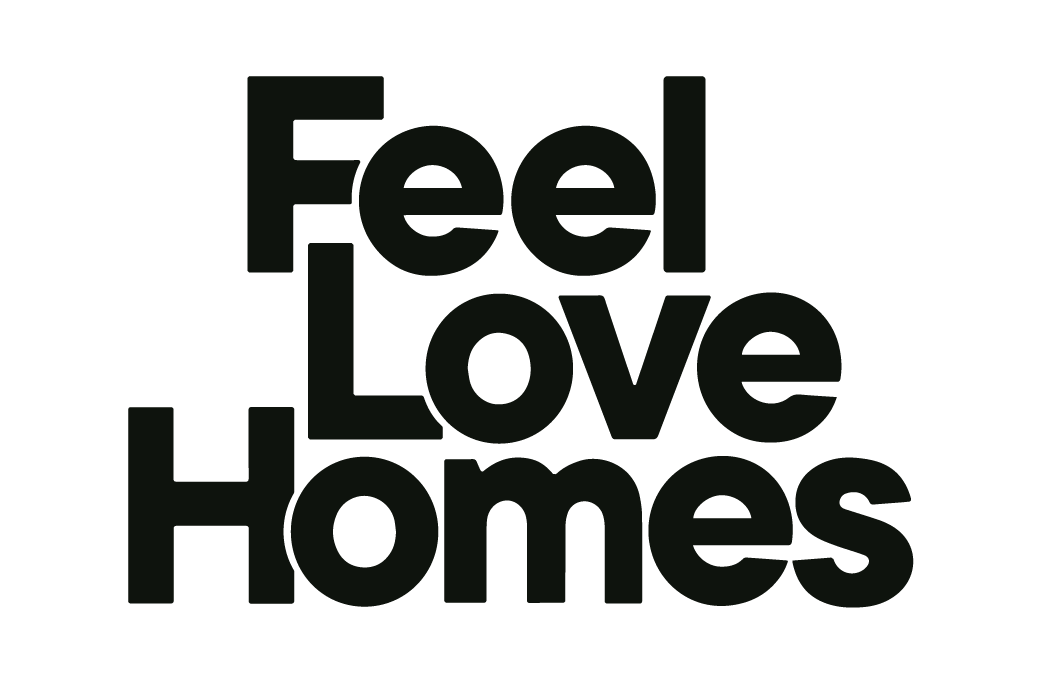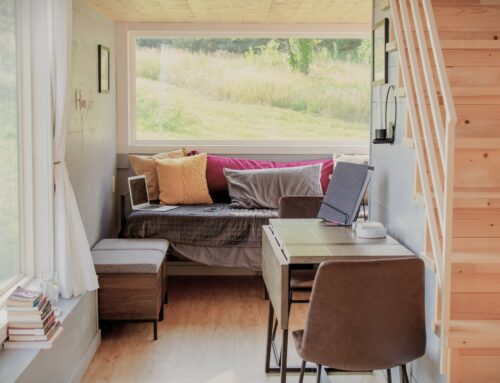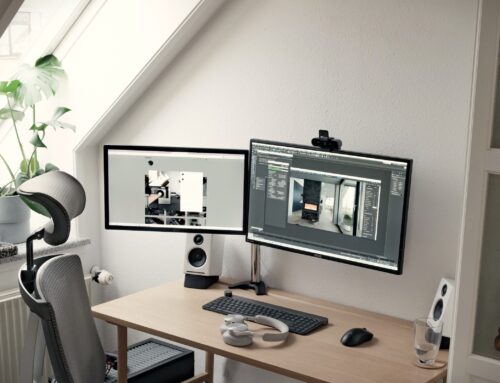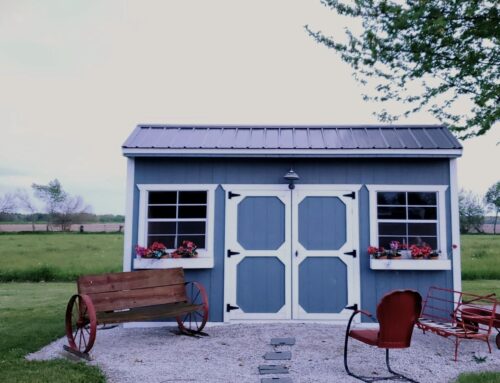Creatives need space to create. But with real estate at a premium these days, finding space for the purpose of making art and music can be prohibitively expensive and difficult. However, accessory dwelling units (ADUs) offer an opportunity to build a space that isn’t just functional as an art or music studio – but ideal for them.
Secondary structures offer several unique benefits as studio spaces. In the following article, we’ll get into those benefits and highlight some of the key considerations for building an ADU to use as a creative space.
Why an ADU Makes an Ideal Space for the Arts
Commercial spaces and other existing real estate can provide all of the function that a person or collective needs as a creative space. But for many, a custom-built ADU – also known as an in-law suite or granny flat – can serve those purposes even better. Some of the unique qualities of an ADU give it some notable advantages as a studio, practice space, or both.
Relatively Inexpensive
Despite predictions that commercial real estate could drop in value in the near future, that hasn’t happened just yet. Especially in high cost-of-living areas, commercial properties still command high rents that may not be affordable for many artists and musicians. While small businesses can generate enough income to cover the cost of high rents, income from creative endeavors may not bring in consistent revenue – or any at all.
Building an ADU is a substantial investment, even on the lower end of the price spectrum. Most of our ADU builds start at around $60,000 and can go much higher depending on the options and features you need. However, the finance payments – often through a home equity line of credit (HELOC) – are often significantly cheaper than rent for a similarly-sized commercial space.
Money you spend on renting a space is also money that doesn’t come back to you. While much of the money you pay towards financing an ADU goes towards interest, especially early on in the payback cycle, at least some portion of that money becomes equity that you own.
Separate, But Close To Home
For many creatives, it can be very beneficial to have studio or practice space outside of the home. Separate spaces provide places to focus on art or music free of the distractions of one’s home environment. They also allow creatives to engage in their endeavors without disrupting their home.
Commercial spaces do provide this separation, but they also typically require travel time to get to and from. With an ADU, you can still have the separation from home while still being just a few steps away from where you live. This cuts down on the time and logistics of going between your home and your creative space. It can also make it easier to attend to things in one place or the other, and therefore enable creative types to hit the studio without having to think about the time and effort of traveling back and forth.
Designed for the Purpose
When you rent an existing space, you’ll have to find a way to fit the things you need to make and practice your art into the confines of that space. That doesn’t just mean the physical dimensions, either. A rental space may not have outlets located where you need them, or even enough to serve your purposes. Other features like lighting and sound may also not be set up to suit your needs. Depending on your property manager, it may not even be possible to rework your space to make it better for your purposes.
Working with an ADU builder allows you to design your space from scratch. This means you can optimize your space for your purposes. You can put everything from walls to wiring exactly where you want them. You can fully and thoughtfully consider the ideal setup for your creative endeavors and realize them in your build, allowing you to have a space that encourages your work and helps you and your fellow artists thrive.
Still Livable
You can keep costs low by building a structure that only serves as a creative space, but for a little more of an investment, you can also make it a fully-liveable space. In order to technically be considered an ADU, your structure must support fully independent living.
If you can afford to build a true ADU, with a bathroom, kitchen, and sleeping space, you can provide other artists and yourself a place to crash after late night sessions. But you can also use that space as a rental when you’re not using it to generate some extra income. A space that serves as both a studio and a living quarters can be uniquely attractive as a short-term rental and drive a premium rental fee that can help fund your creative endeavors.

What To Consider When Building an ADU for Artists and Musicians
How you decide to build your space will depend on what kind of art or music you practice and what you need from that space. But in general, there are a few things that you should take into serious consideration before you start the build process.
ADU Laws and Restrictions
The first thing you need to consider is whether or not you can actually build an ADU on your property. Different cities have varying laws and restrictions on where and how you can build a secondary dwelling on your property.
If your home is located in a neighborhood governed by an HOA, it may have its own covenants that dictate whether or not you can build an ADU on your property. Some may also have rules around the size, design, and placement of your structure.
Soundproofing
Soundproofing is essential for an ADU that you plan to use as a music practice space or studio. A properly-soundproofed unit keeps outside noise outside so that it doesn’t interfere with your music. It also keeps the noise you make inside to avoid agitating neighbors or people in your primary home.
But soundproofing should also be a consideration for other types of creative work. The purpose of a creative space is to provide a distraction-free environment to allow you to focus on your art. Even if you don’t plan to make or record music in your space, it’s worth considering the value of insulating it from outside noise.
You can soundproof your unit after it’s built with off-the-rack materials. However, your ADU contractor can use building materials that have intrinsic soundproofing qualities. This is usually a more effective way to soundproof a structure, can often be cheaper, and requires less work on your part.
Electrical Needs
Musicians and other artists have different electrical needs than someone who is using their ADU as a residential property. This means you’ll need to consider all of the lights, devices, and other equipment that uses power to determine how much electricity you’ll need. You’ll also want to think through where these things will be located in your ADU to allow your contractor to place outlets where they’re most convenient.
Loading Considerations
Depending on the type of art or music you create, you may need to load large instruments, canvases, and other objects in and out of your space. In these cases, standard doors may not be wide enough to allow you to do this easily without risking damaging these objects.
Your contractor can build in larger doorways to accommodate your needs. One popular alternative, for example, is a garage door. This provides a convenient solution for creatives that work with large items or who just need to load things in and out of their space often.
Flexibility
One more important consideration is whether you plan to use your space for a singular purpose or if you want to be able to do multiple things with it. It’s not uncommon for visual artists, for example, to also play music. These spaces have different needs, but an experienced contractor can help you design your ADU in such a way that you can easily convert it from serving one purpose to serving another.
You should also consider whether you want to be able to use your ADU as a living space. Doing so comes at the additional cost of adding the features you need to allow for independent living, but it also adds tremendous function to your property. It can also allow you to generate some side income from renting it out, or provide space for traveling artists or musicians passing through your community.
ADUs as a Art or Music Studio: Conclusion
True artists can create wherever they are. However, when a space is designed and built to optimally support their endeavors, they and their art can truly flourish. A custom-built ADU can be an ideal space to provide an environment that encourages creativity and facilitates making your best work.
At Feel Love Homes, we can help you envision the best possible space for your artistic purposes and bring it to life. You can request a free consultation to get that conversation started and learn about all the possibilities for your studio or practice space.






Leave A Comment